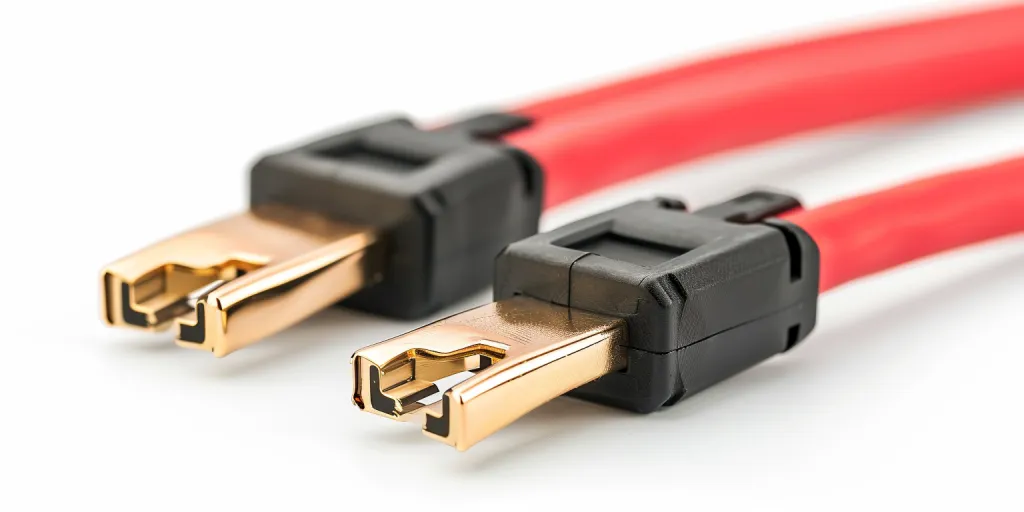Booster cables, often termed as jumper cables, are a savior for any driver faced with a dead battery. Understanding their function, how to select the right pair, and their maintenance can save you from the hassle and danger of being stuck. This article dives deep into the world of booster cables, ensuring you’re well-equipped for any battery woes.
Table of Contents:
– What are booster cables?
– What does booster cables do?
– How to choose booster cables?
– How long do booster cables last?
– How to replace booster cables?
– How much are booster cables?
What are booster cables?
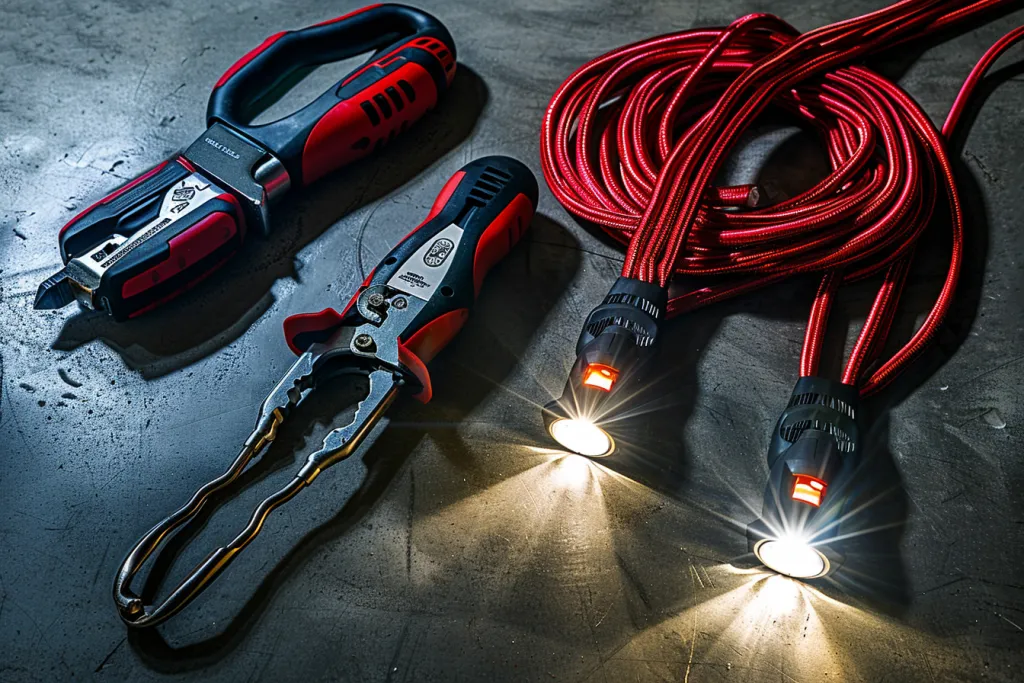
Booster cables are a pair of insulated wires with alligator clips at each end, used to connect a dead vehicle battery to a live one from another vehicle, or to an external power source. The primary function of these cables is to transfer electrical power from the live battery to the dead one, providing it with enough energy to start the engine. The cables are typically color-coded, red for positive and black for negative, to prevent the risk of electrical short circuits that could damage the vehicles or cause injuries.
The construction of booster cables involves heavy-duty materials capable of handling high electrical currents without overheating or melting. The thickness of the cables, measured in gauges, plays a crucial role in their effectiveness. Lower gauge numbers indicate thicker cables, which are preferable for transferring higher currents needed to jump-start larger engines.
Understanding the technical specifications of booster cables is essential for safe and efficient use. The length of the cables, usually ranging from 10 to 20 feet, affects their convenience and versatility. Longer cables provide more flexibility in positioning the vehicles but may result in a loss of electrical power over distance. Therefore, choosing the right balance between length and gauge is crucial for effective use.
What does booster cables do?
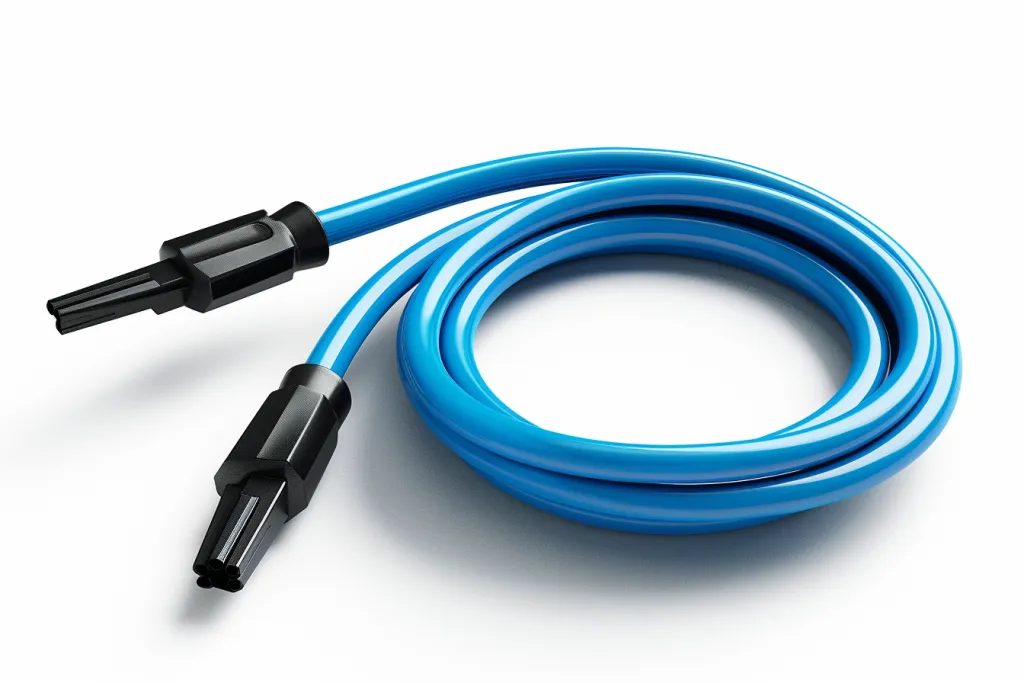
Booster cables serve a critical emergency function by providing a conduit for electrical power to jump-start a vehicle with a dead battery. This process involves creating a temporary connection between the dead battery and a live one, allowing the dead battery to borrow enough power to initiate the engine’s starting process. Once the engine is running, the vehicle’s alternator takes over, recharging the battery and powering the vehicle’s electrical systems.
The role of booster cables extends beyond merely transferring power; they also ensure safety during the jump-start process. The insulation and color-coding of the cables minimize the risk of electric shocks and short circuits, which could lead to battery explosions or fires. Moreover, the alligator clips are designed to provide a secure connection to the battery terminals, reducing the risk of disconnection during use.
Using booster cables correctly is paramount to their function. Incorrect use can damage the electrical systems of both the donor and recipient vehicles or lead to personal injury. Therefore, following the proper sequence of connecting and disconnecting the cables, as well as adhering to safety precautions, is essential for a successful and safe jump-start.
How to choose booster cables?
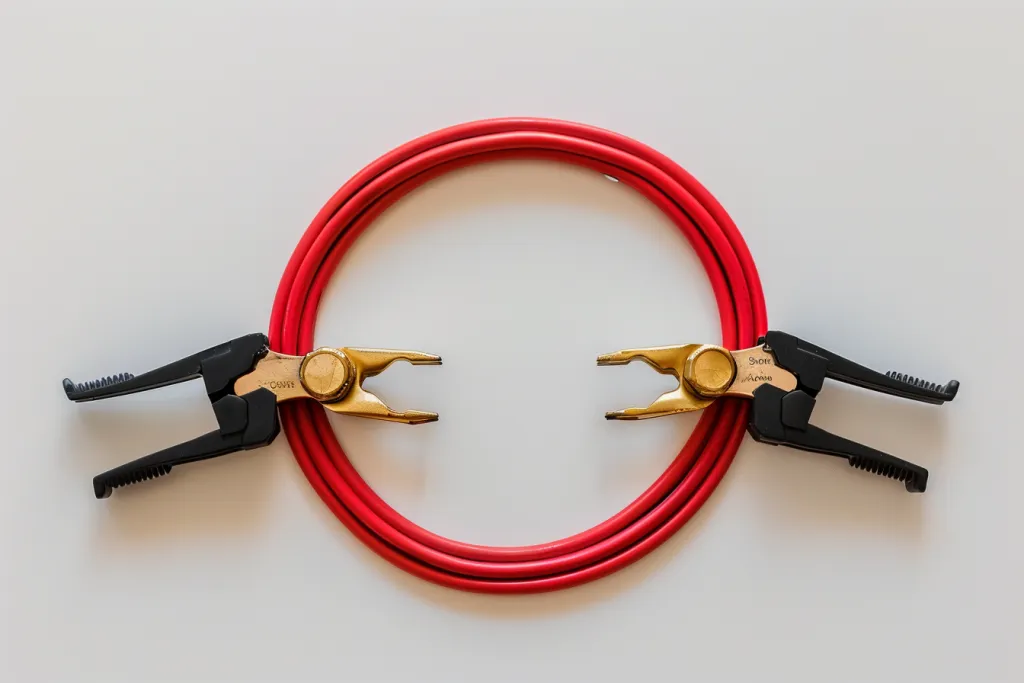
Selecting the right booster cables involves considering several factors to ensure compatibility with your vehicle and effectiveness in emergency situations. The gauge of the cables is the most critical factor, with lower gauge numbers indicating thicker, more capable cables. For most passenger vehicles, a gauge of 6 to 8 is sufficient, but for larger vehicles with more demanding engines, a gauge of 4 or lower may be necessary.
The length of the booster cables is another important consideration. While longer cables offer more flexibility in vehicle positioning, they can also result in power loss. A length of 12 to 20 feet is generally recommended for most situations, providing a balance between convenience and efficiency.
Lastly, the quality of the materials and construction should not be overlooked. High-quality, durable insulation and robust alligator clips ensure safety and longevity. Opting for cables with a warranty can also provide peace of mind, indicating the manufacturer’s confidence in their product’s durability.
How long do booster cables last?
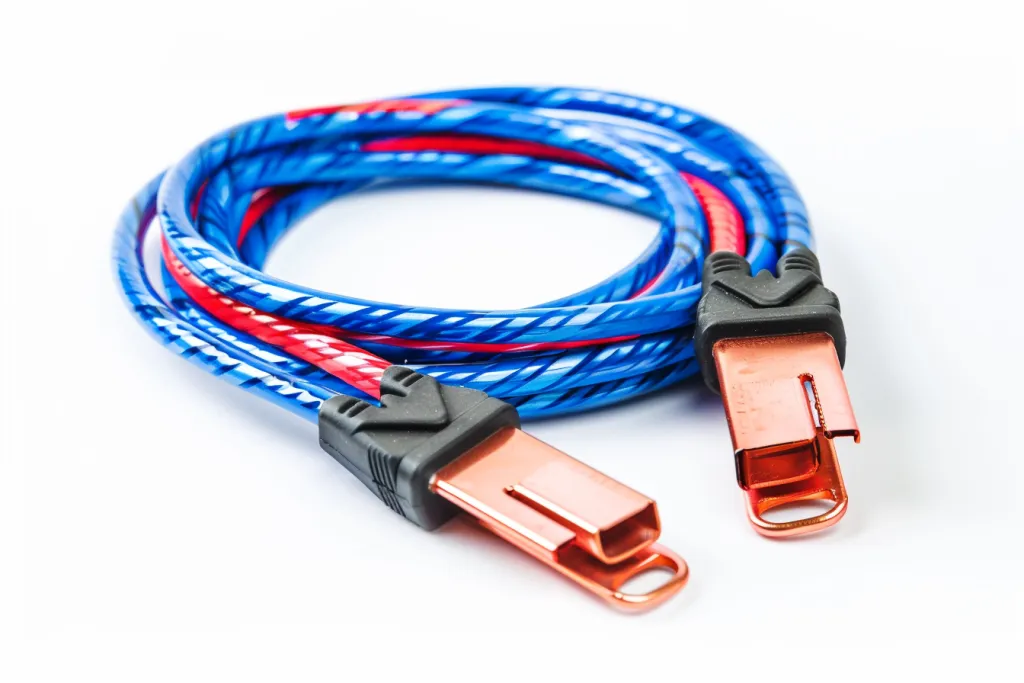
The lifespan of booster cables largely depends on their quality, frequency of use, and storage conditions. High-quality cables made from durable materials and properly maintained can last for many years, even with regular use. The insulation should be checked periodically for cracks or wear, which could expose the wires and pose safety hazards.
Proper storage is crucial to extending the life of booster cables. They should be kept in a dry, cool place and coiled or rolled to prevent kinks and damage to the wires. Avoiding exposure to extreme temperatures and chemicals can also prevent degradation of the insulation and connectors.
With minimal maintenance, booster cables can be a long-lasting and reliable tool in your vehicle’s emergency kit. Regular inspections and proper care will ensure they are always ready for use when needed.
How to replace booster cables?
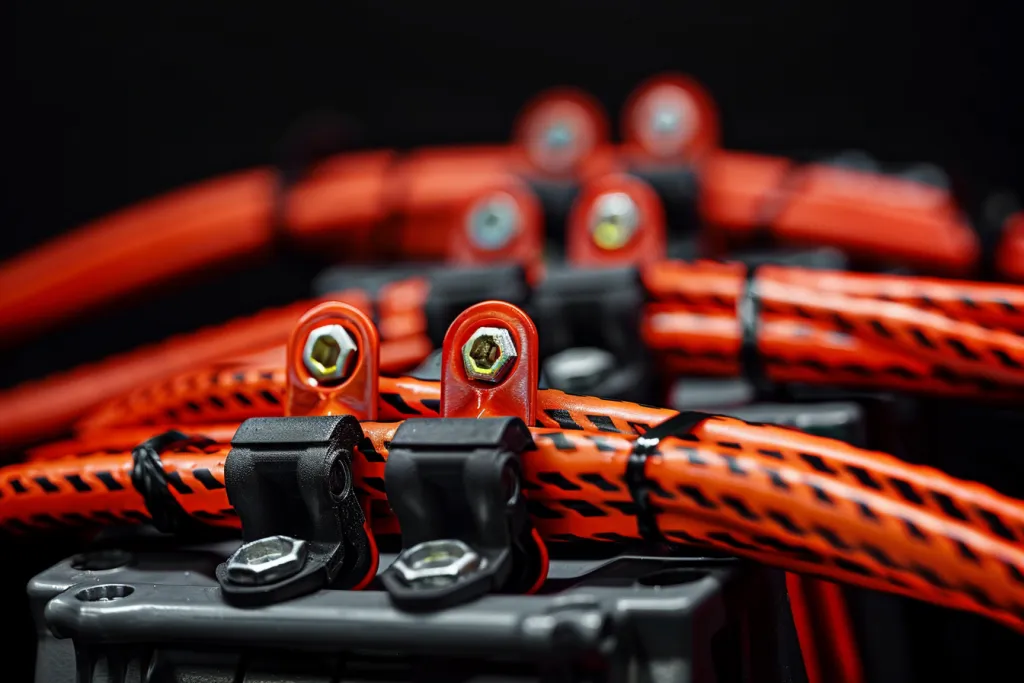
Replacing booster cables is straightforward but requires attention to detail to ensure the new cables are of the right specification for your needs. Begin by assessing the gauge and length of your existing cables and determining if they meet your current requirements. If your vehicle or usage patterns have changed, you may need to adjust these specifications accordingly.
When purchasing new booster cables, look for high-quality options with durable insulation and sturdy alligator clips. Consider cables with additional safety features, such as built-in circuit protection, if available within your budget.
Once you have acquired the new cables, dispose of the old ones responsibly. Many automotive shops offer recycling services for automotive parts and accessories. Ensuring your old cables are disposed of properly helps prevent environmental harm and supports recycling efforts.
How much are booster cables?
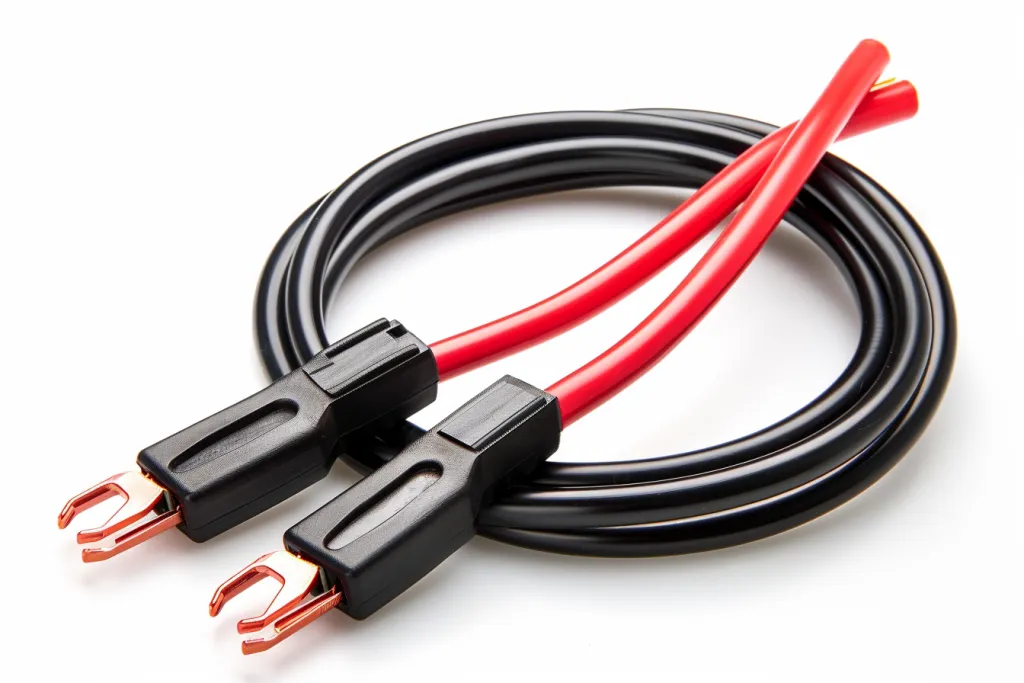
The cost of booster cables varies depending on their gauge, length, and quality of construction. Basic cables suitable for small vehicles can start as low as $20, while heavy-duty options for larger vehicles or professional use may cost $100 or more. Investing in higher-quality cables is advisable as they are more durable, safer to use, and offer better performance in emergency situations.
When considering the price, it’s also important to factor in the value of reliability and safety. Cheaper cables may seem like a bargain but could fail when you need them most or even cause damage to your vehicle. Balancing cost with quality and safety features will ensure you get the best value for your investment.
Conclusion
Booster cables are an essential tool for any vehicle owner, providing a lifeline in the event of a dead battery. Understanding their function, how to choose the right cables, and how to maintain and replace them ensures you’re always prepared for battery-related emergencies. Investing in high-quality booster cables is an investment in safety and peace of mind, ensuring you and your vehicle are never left stranded.
